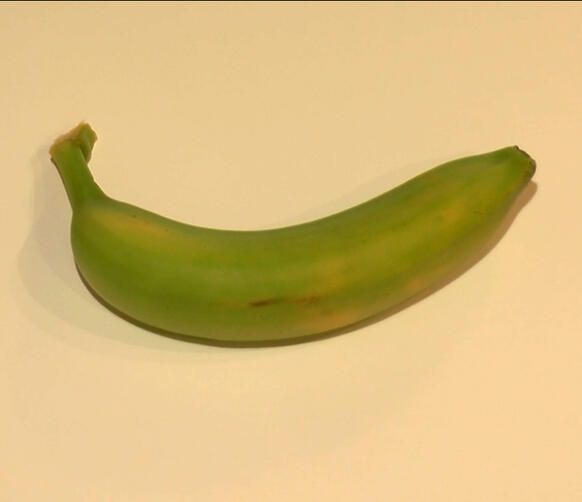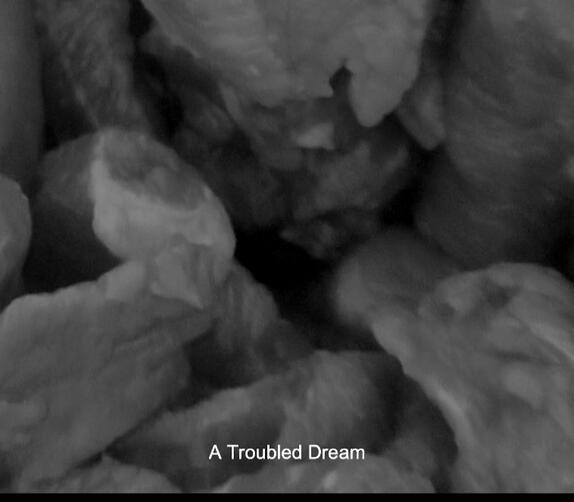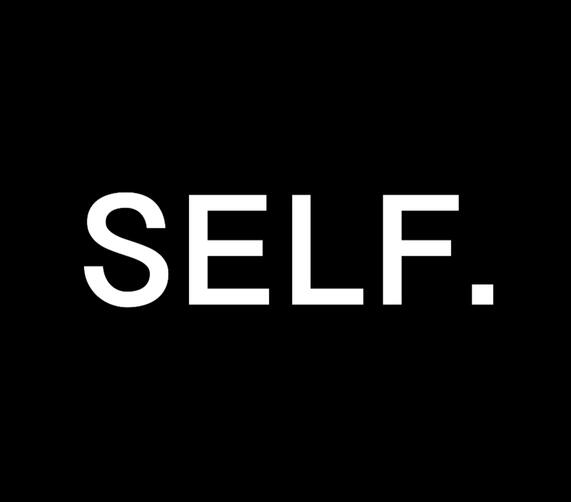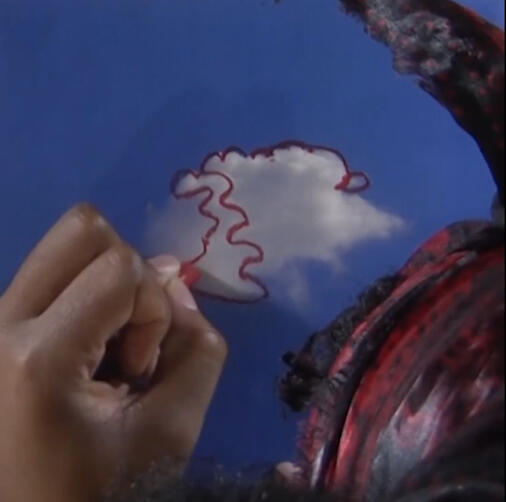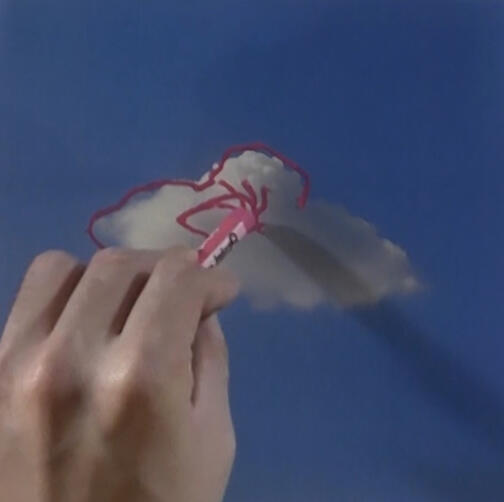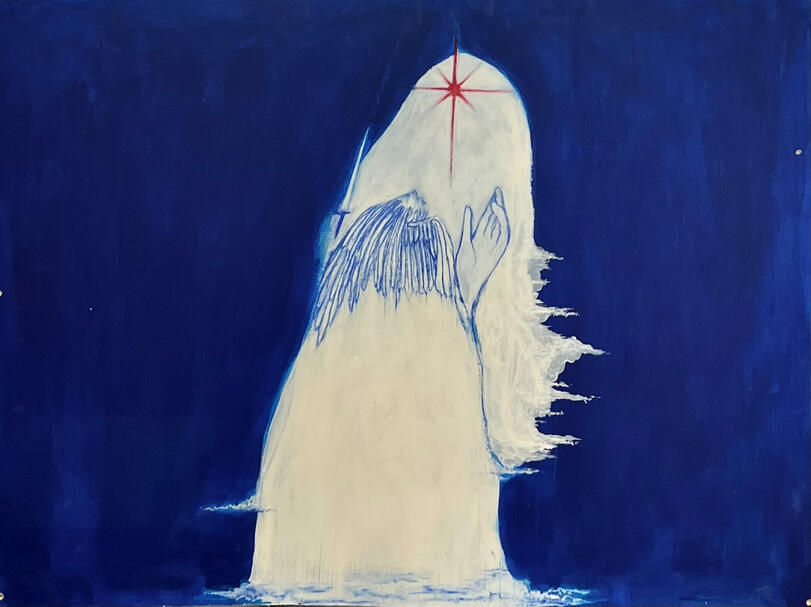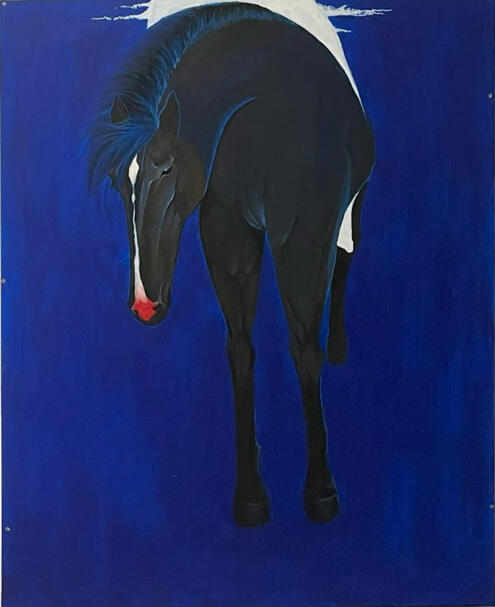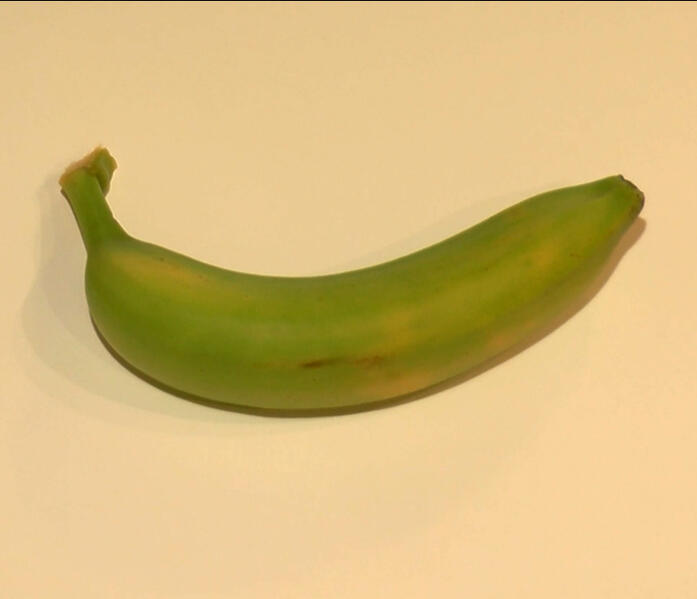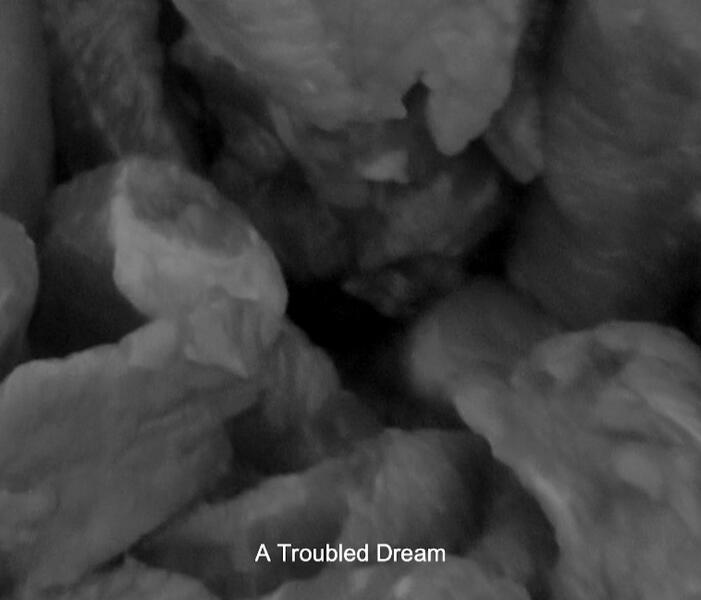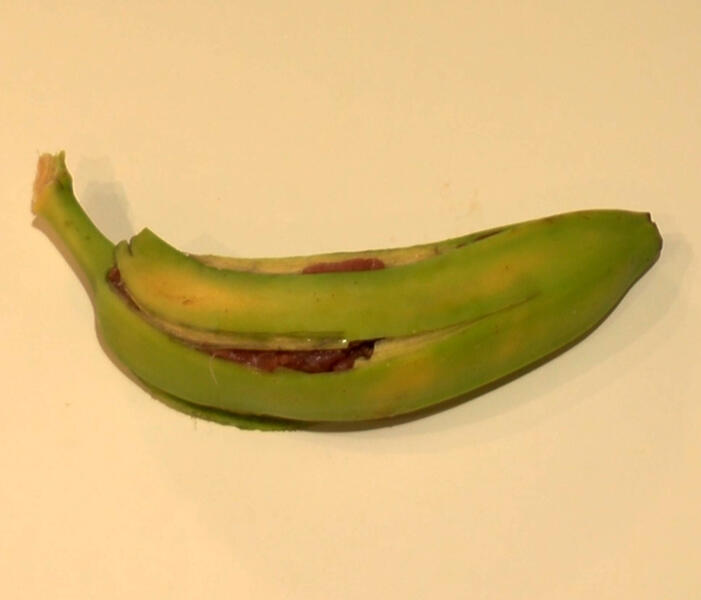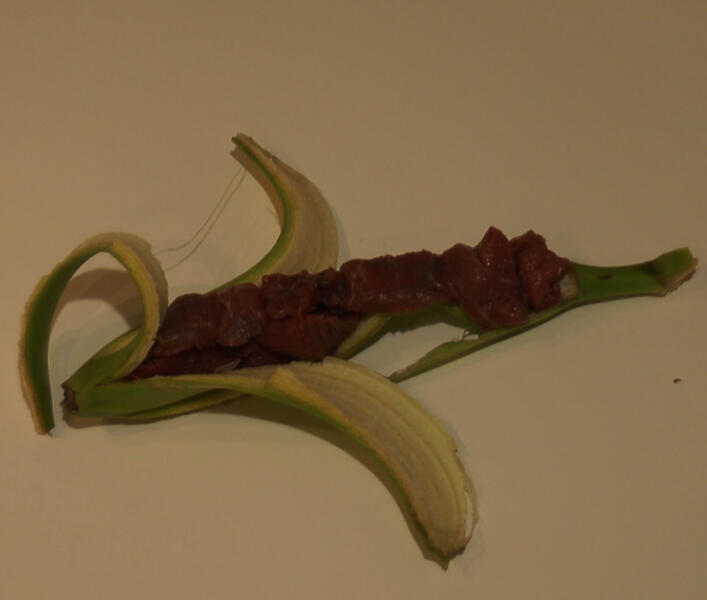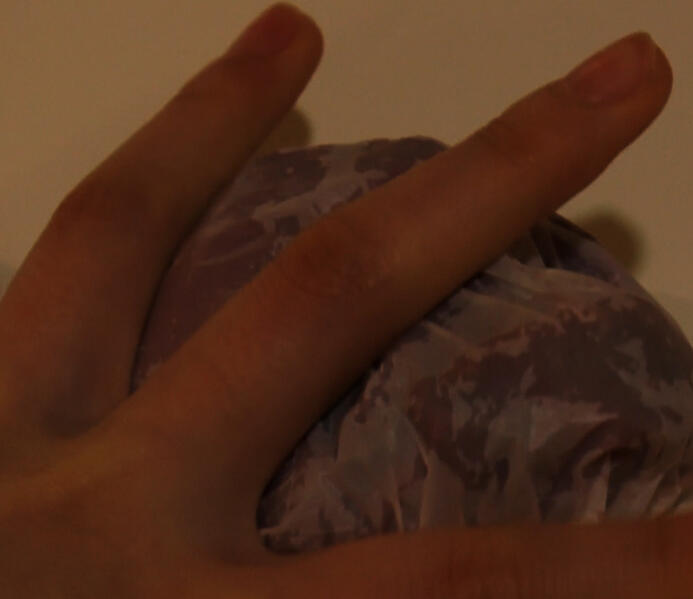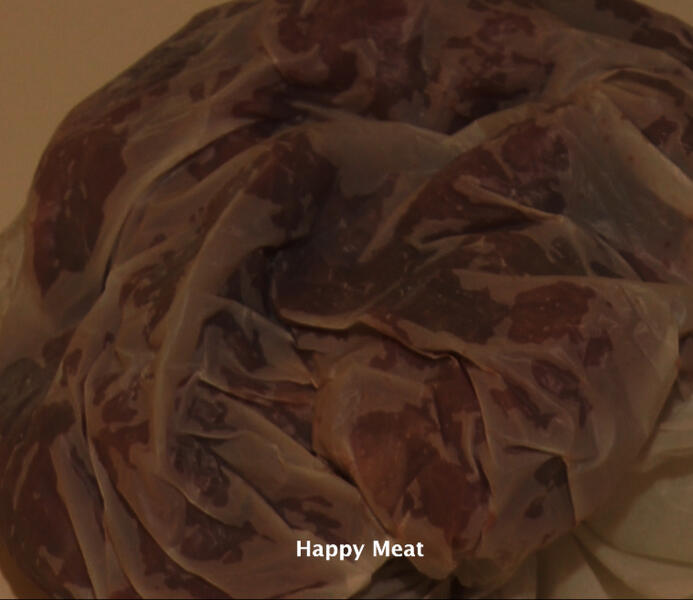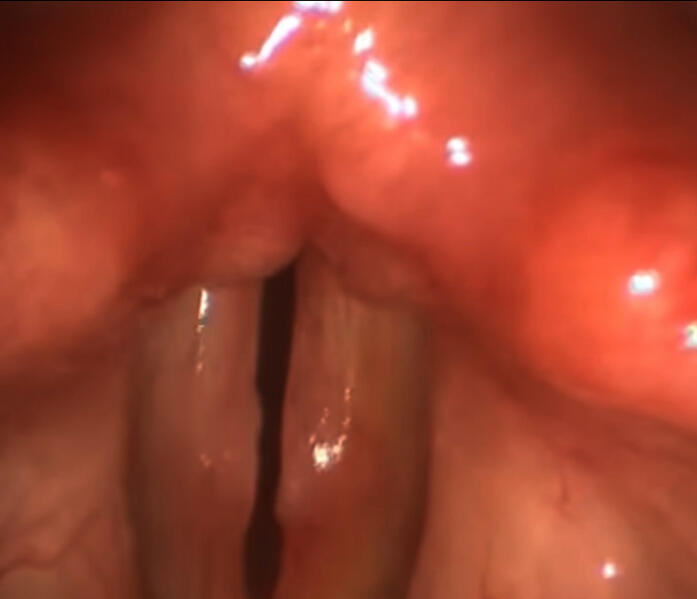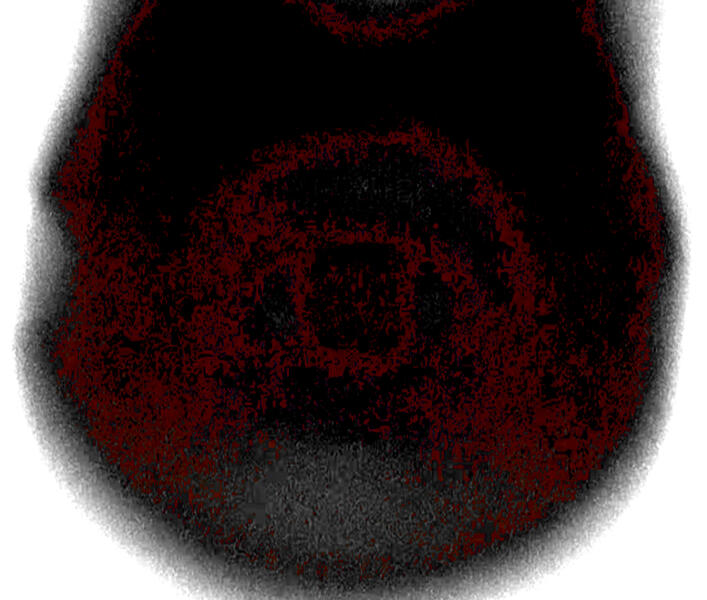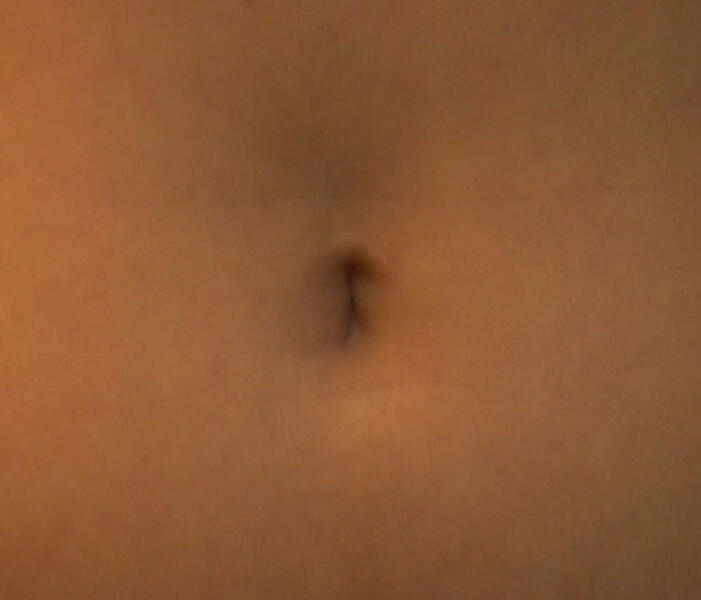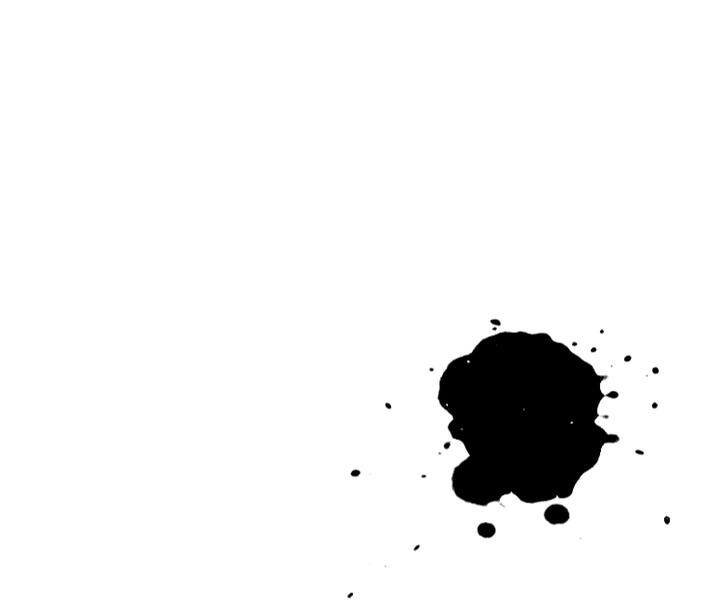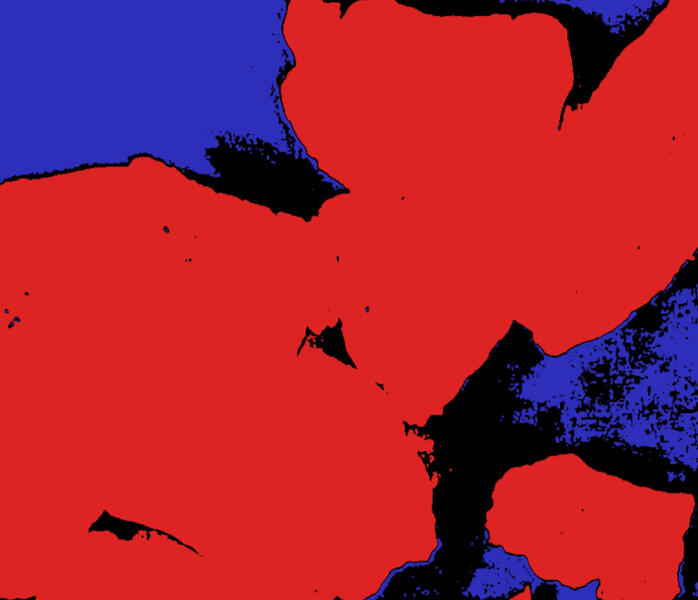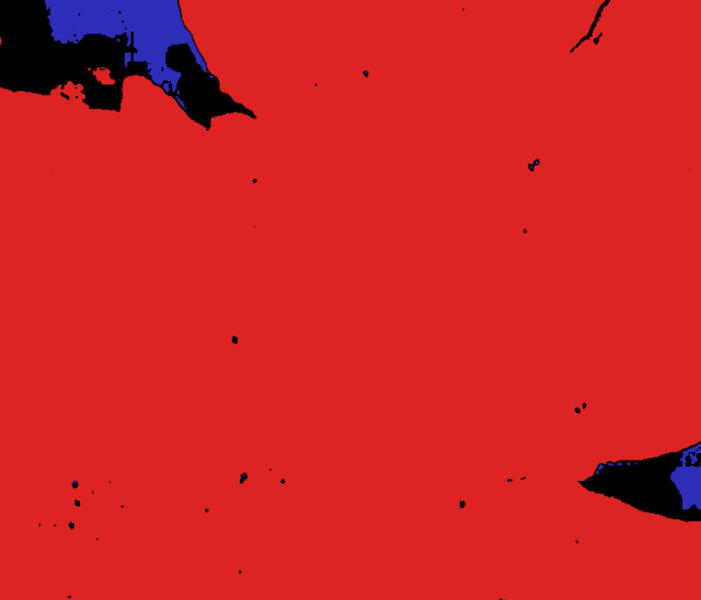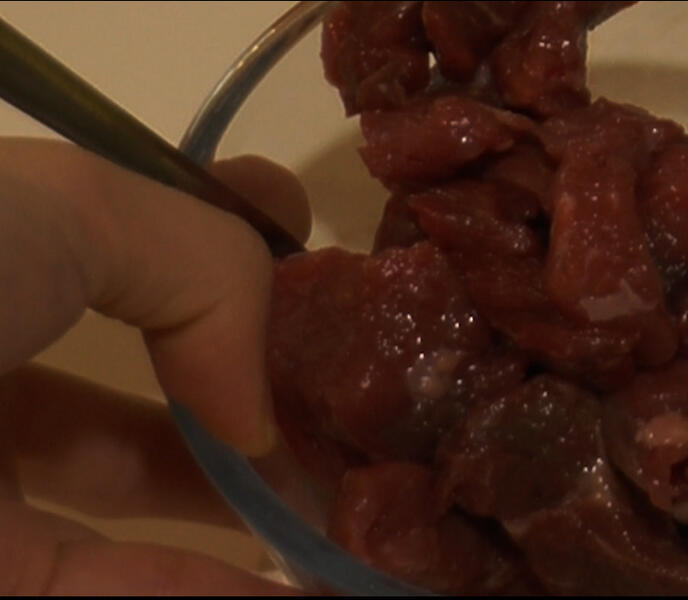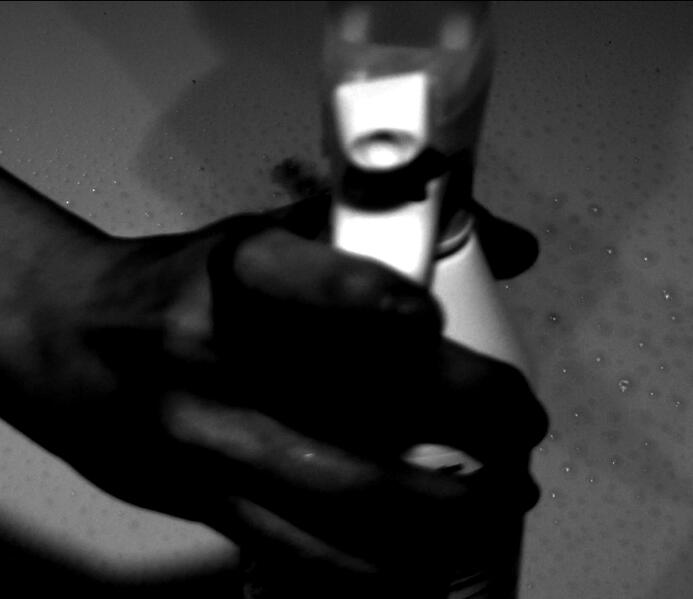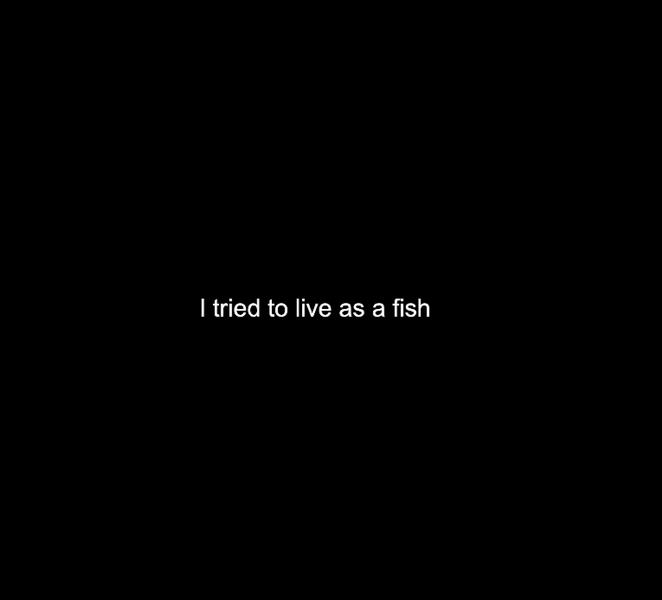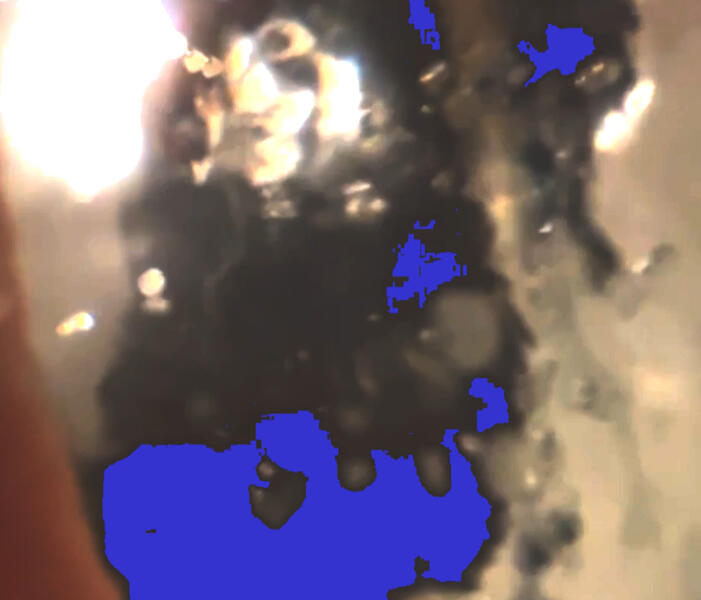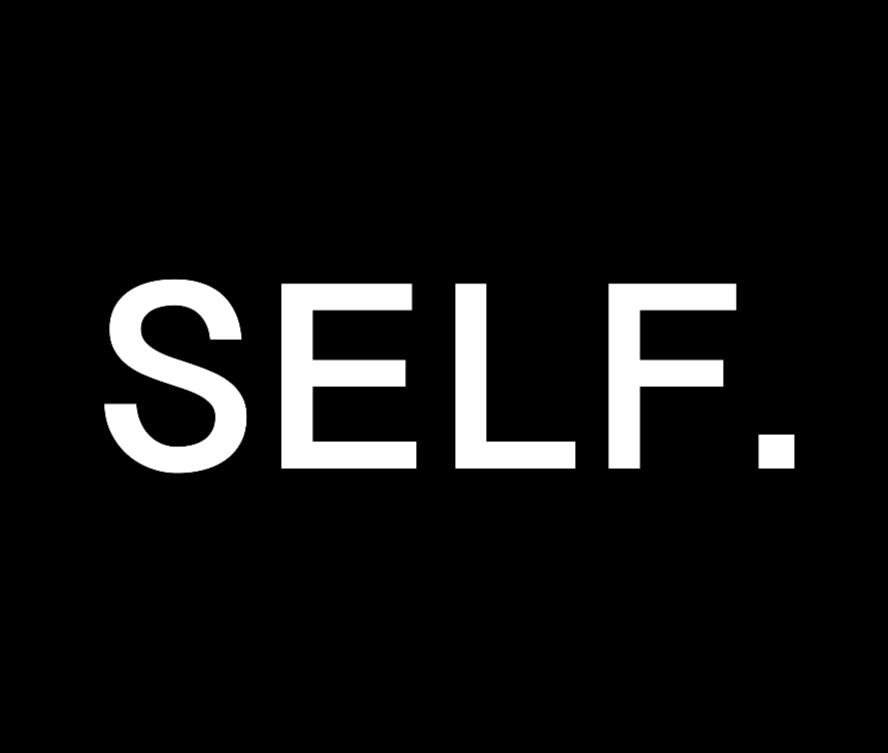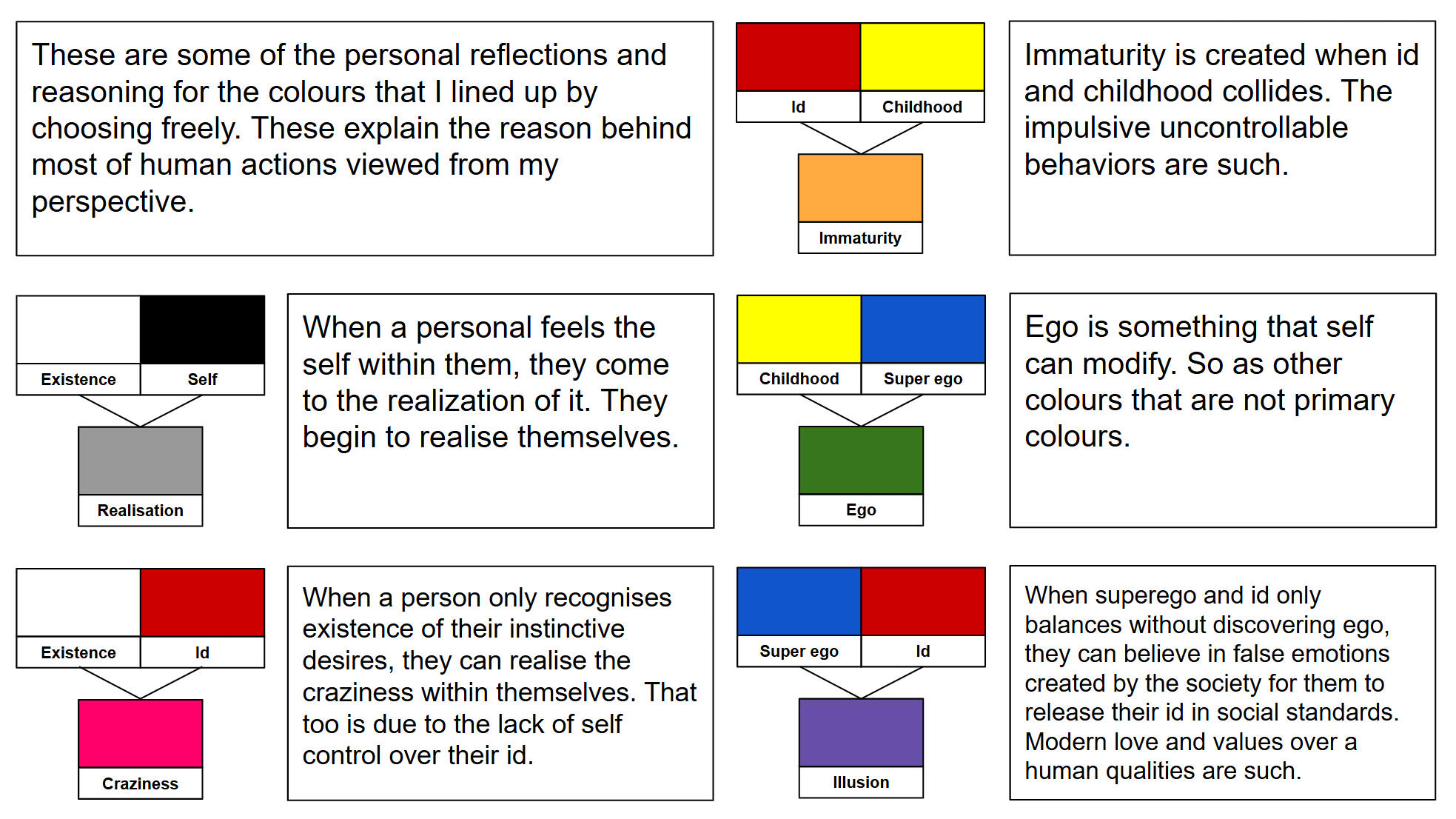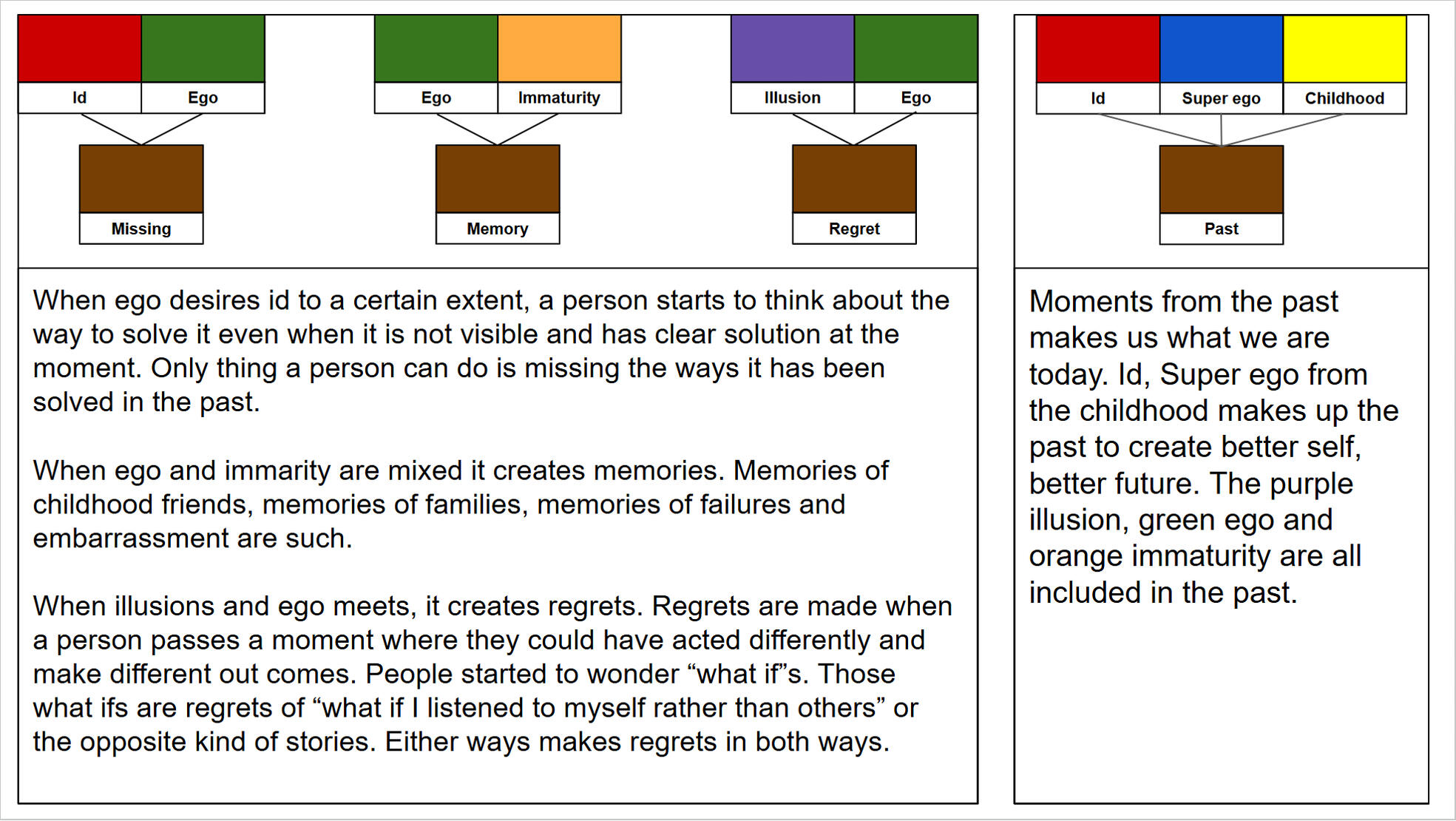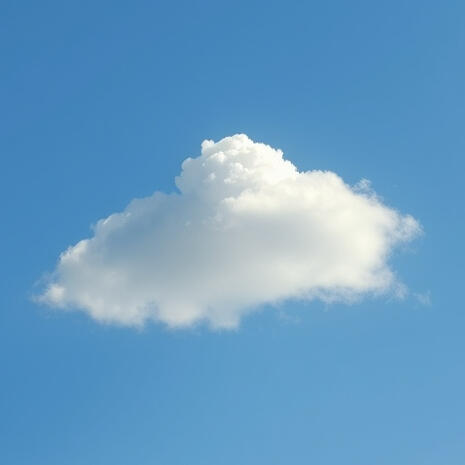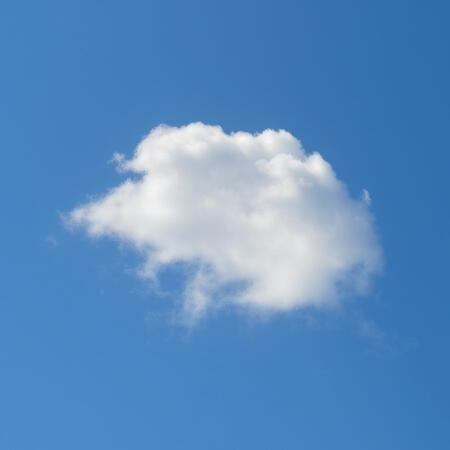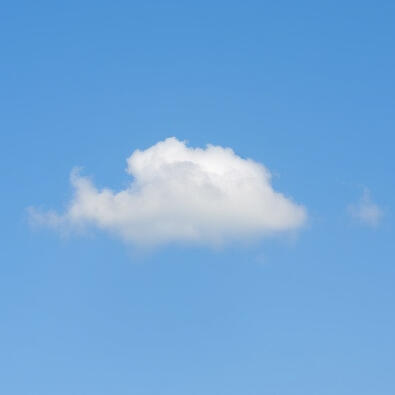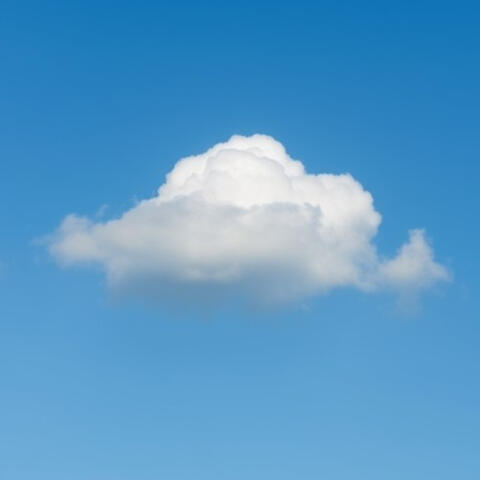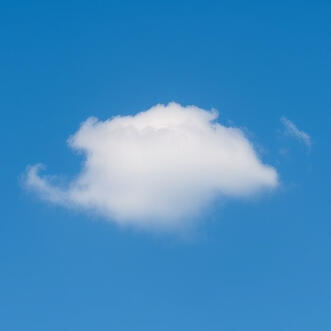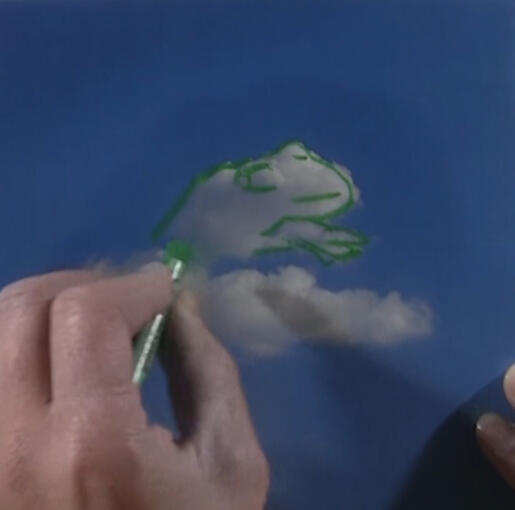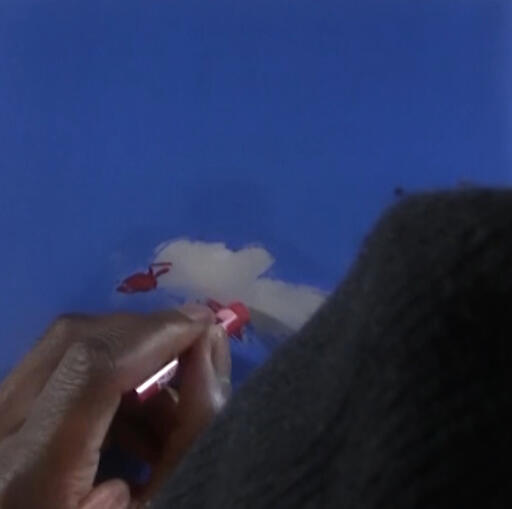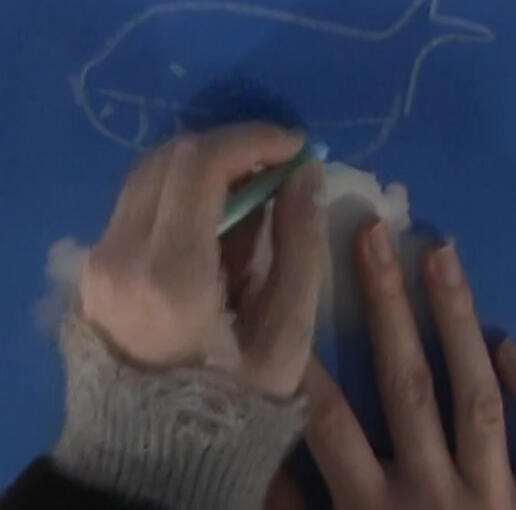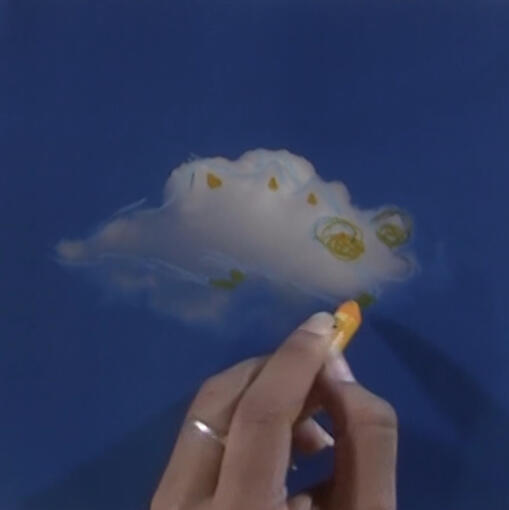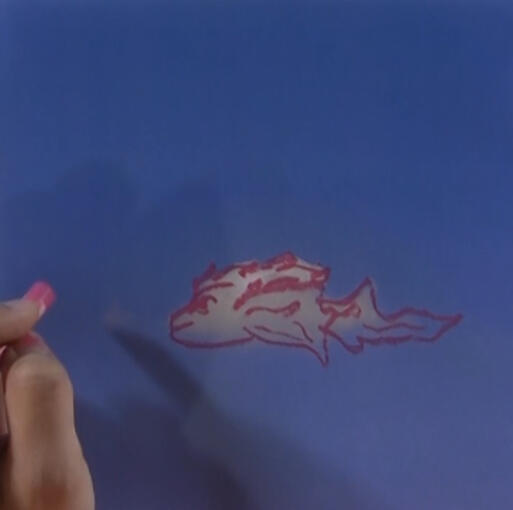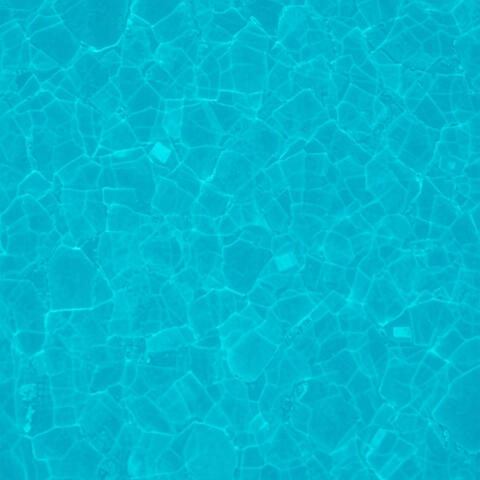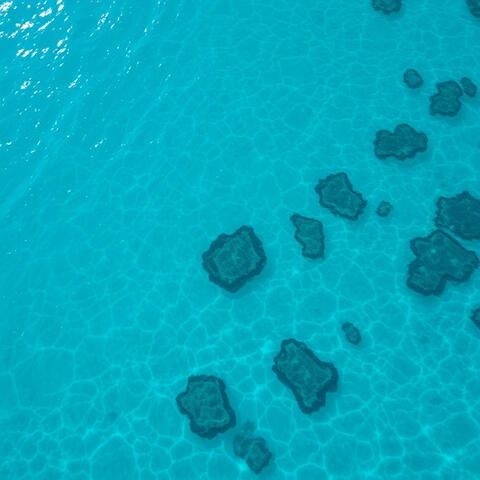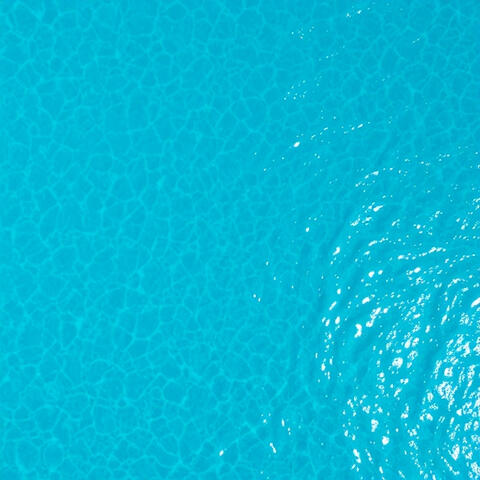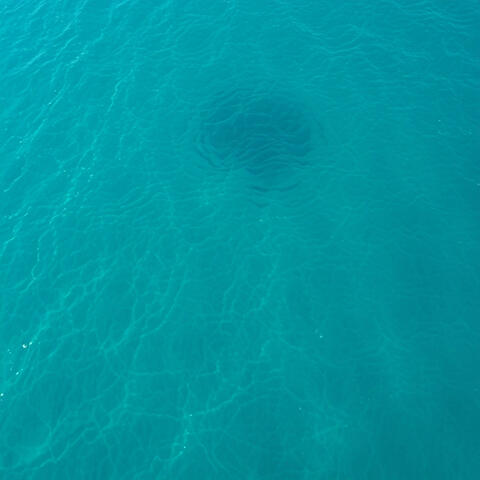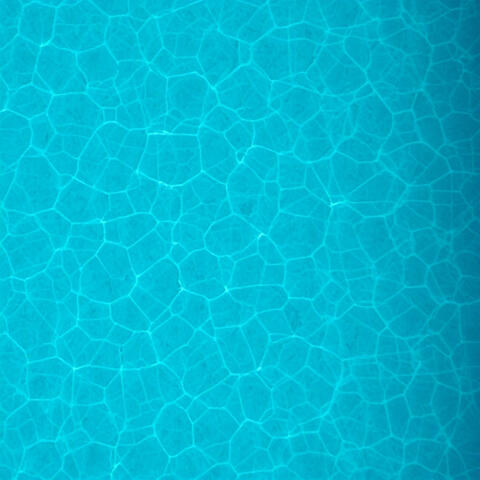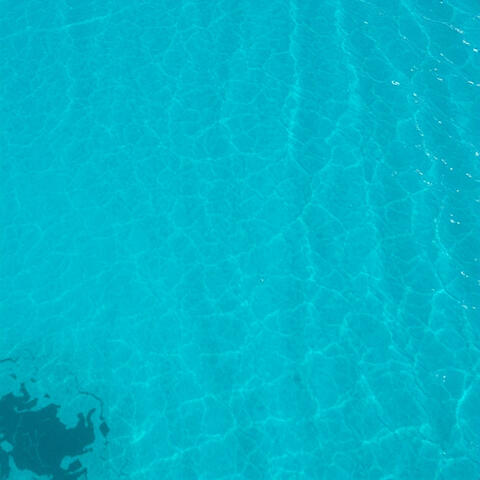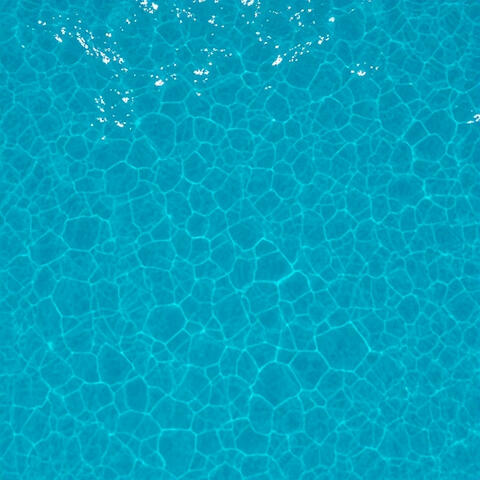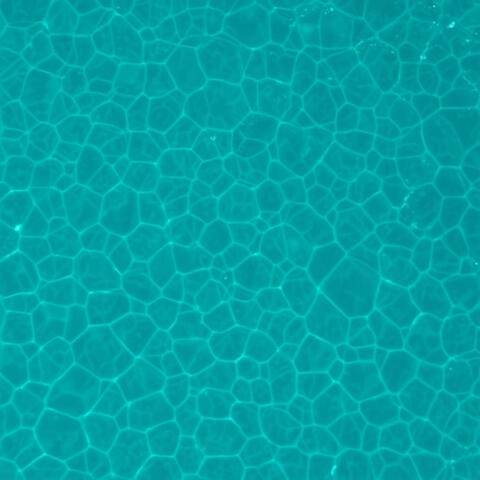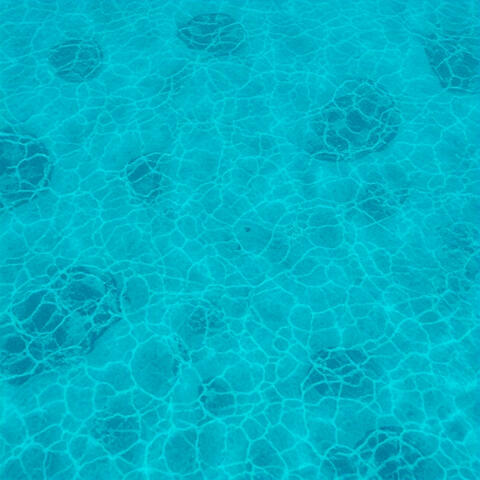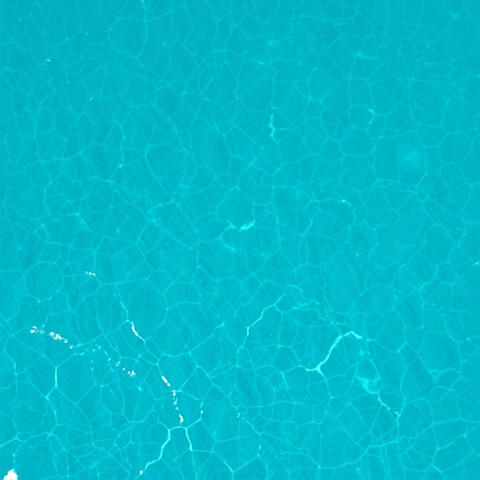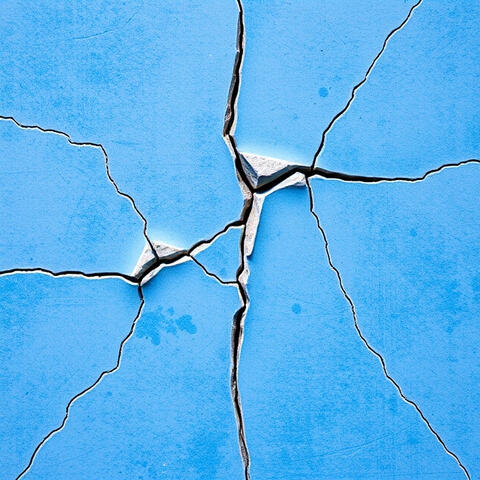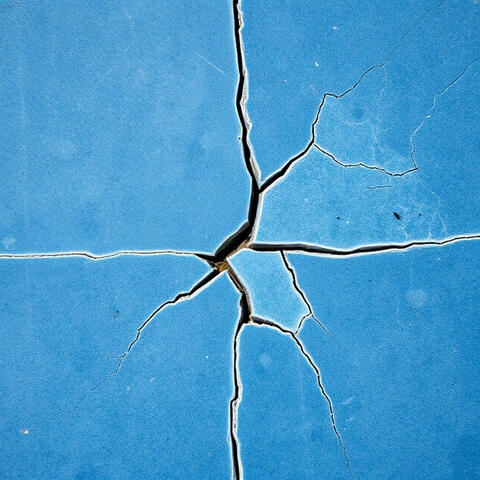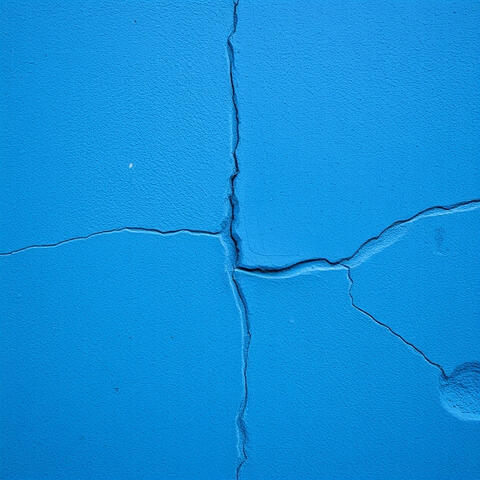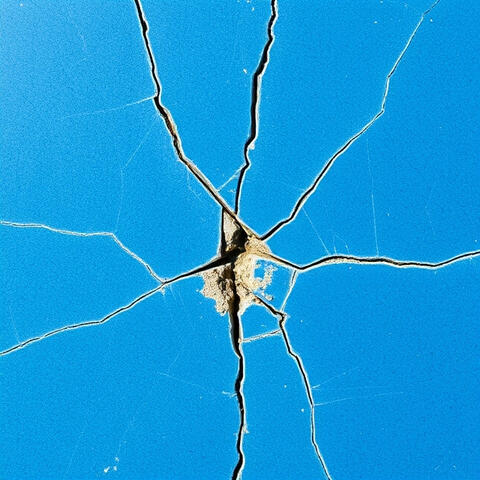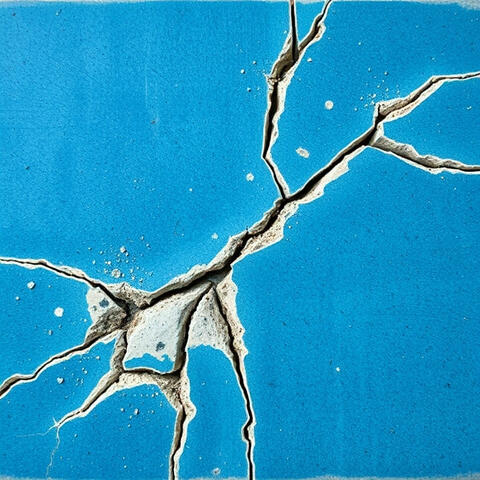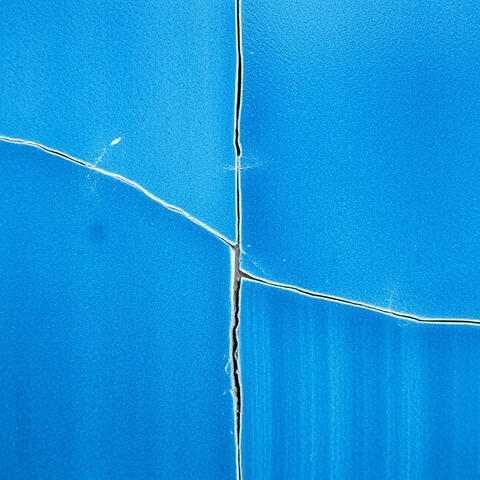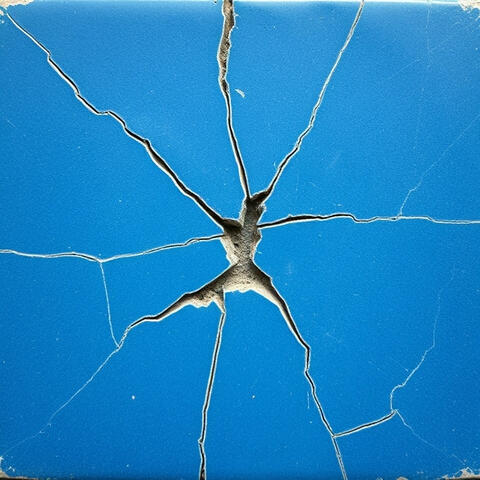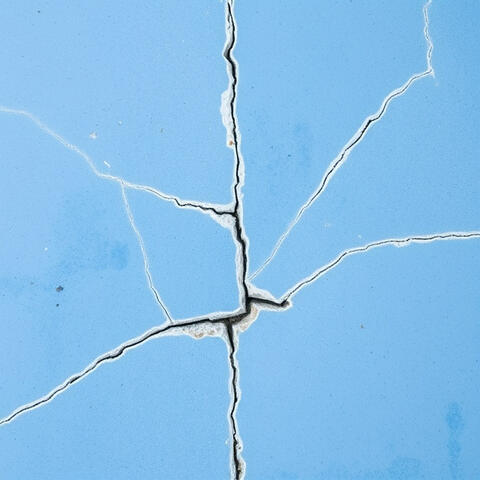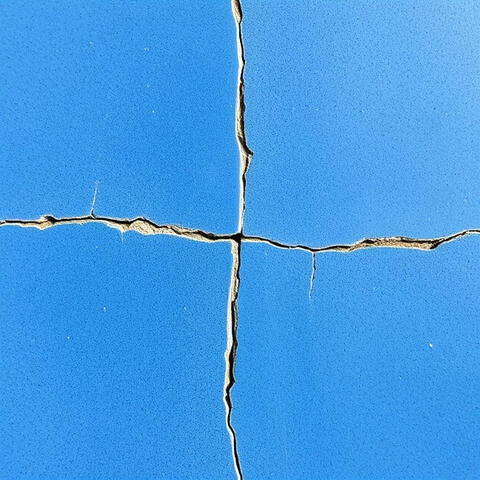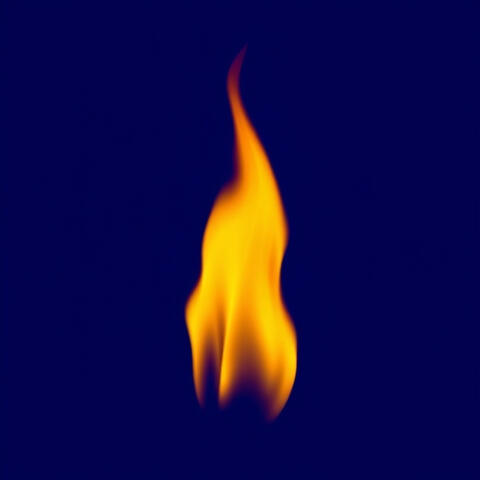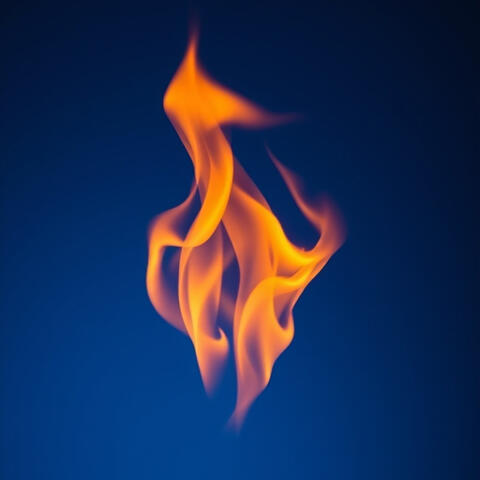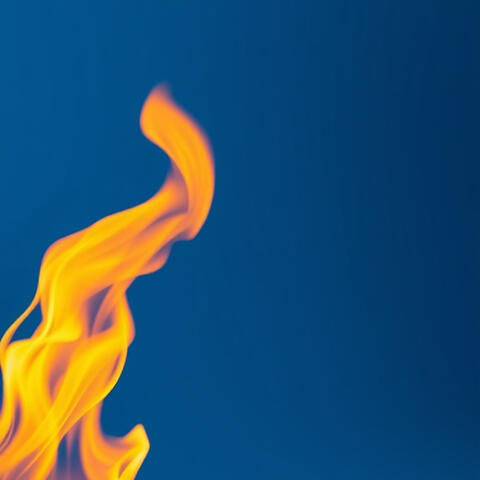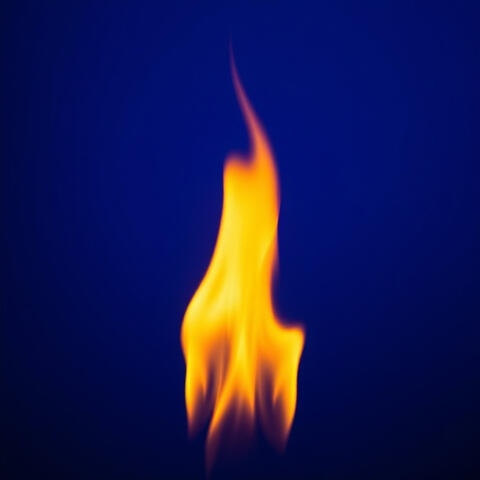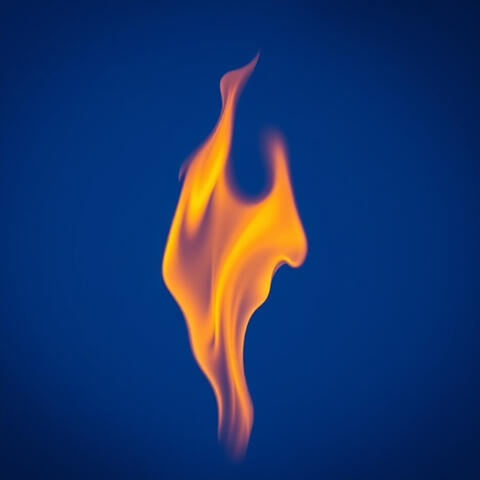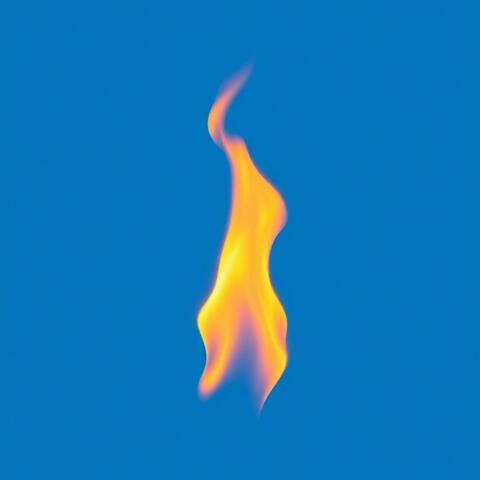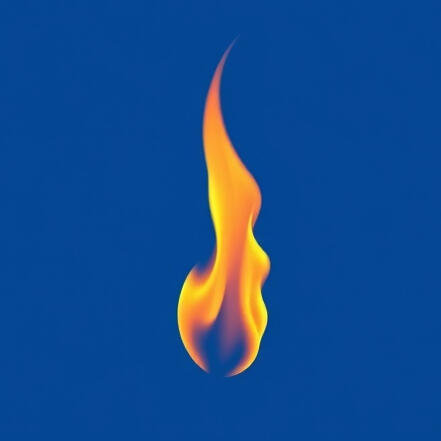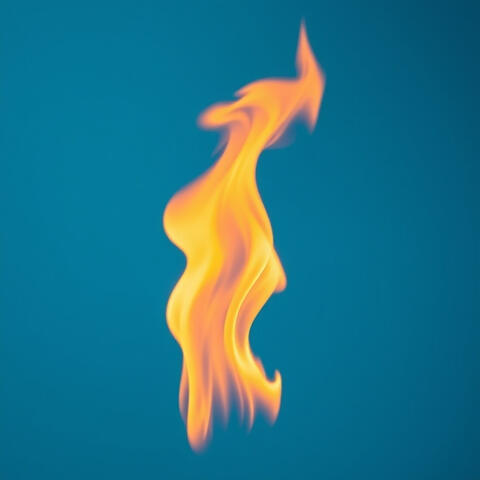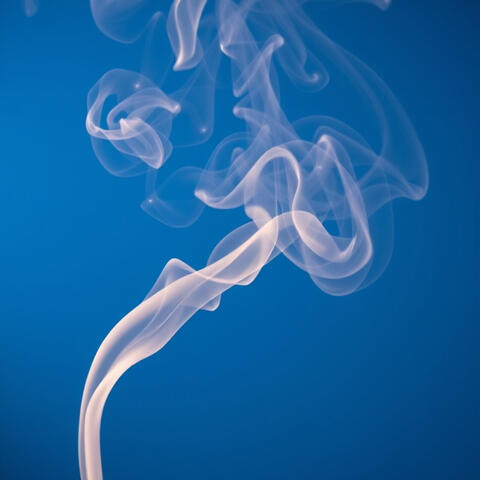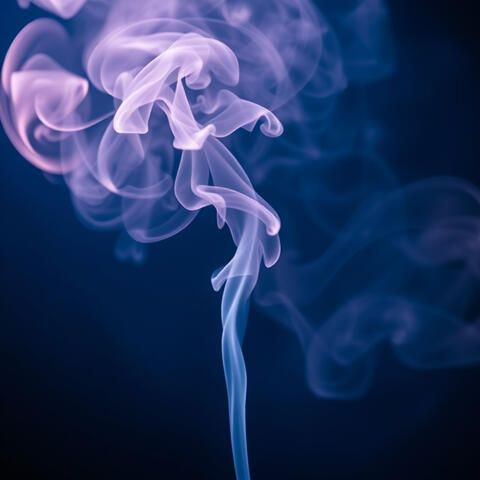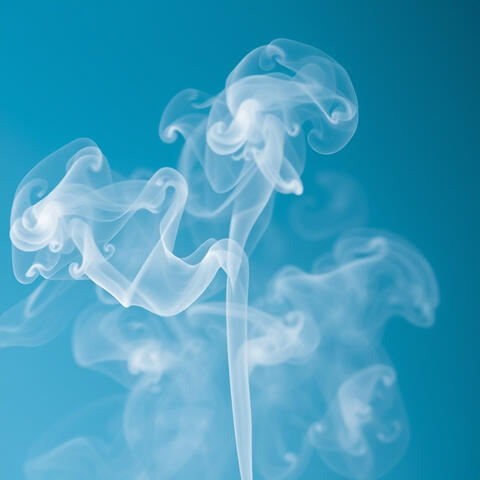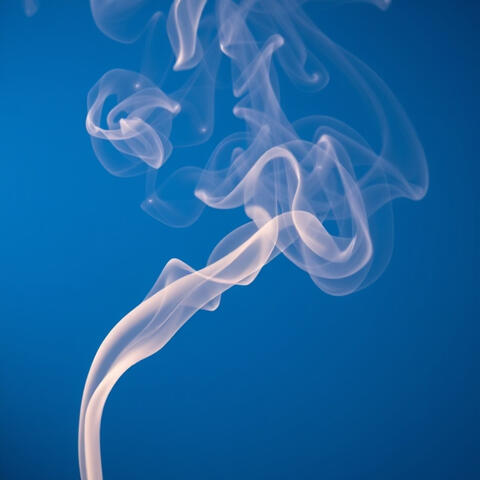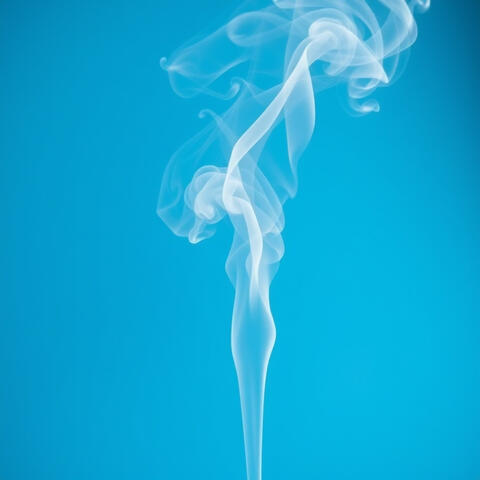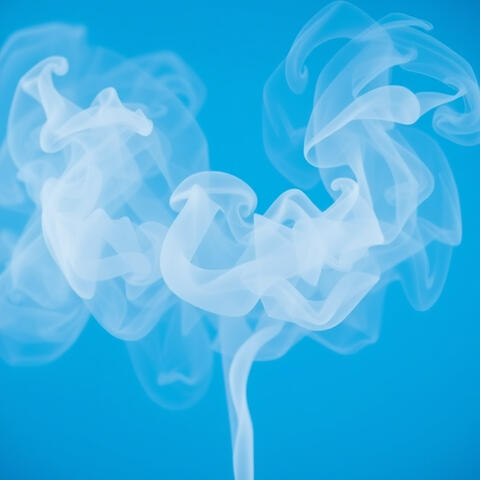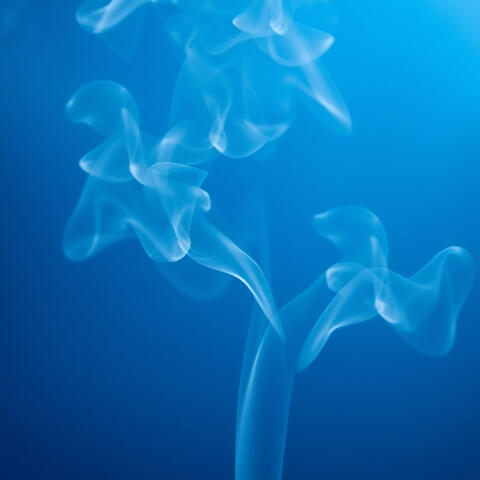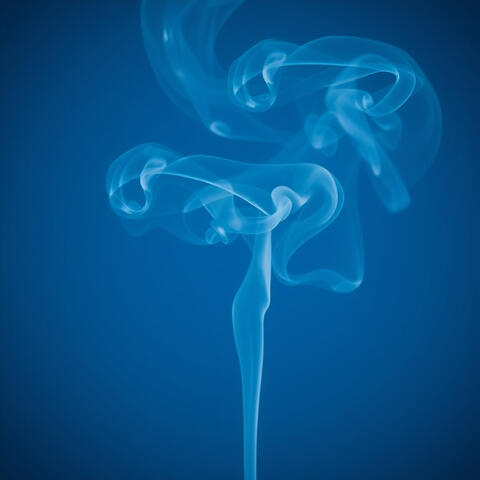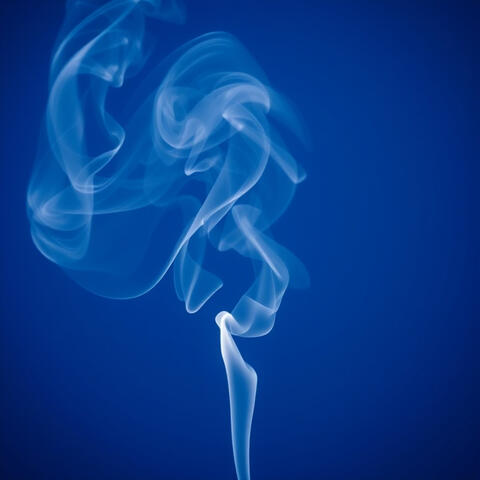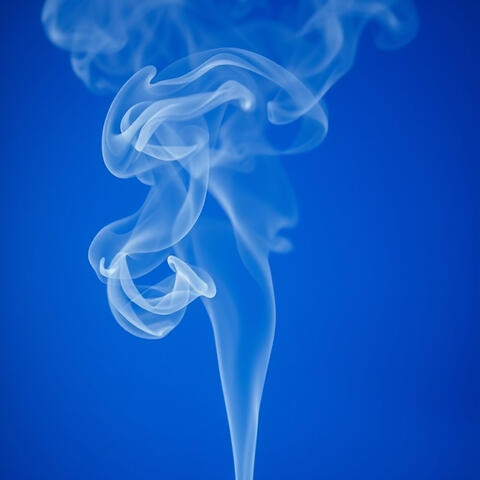J I N
SELF.
2023
SELF. is an experimental short film that delves into the shifting and fractured nature of human identity. Rooted in personal experience and philosophical thought, the film draws inspiration from Franz Kafka’s Metamorphosis and Sigmund Freud’s theory of the id, ego, and superego. It reflects the inner turmoil of an individual who has lived between two cultural spheres for most of their life, embodying the term “banana,” which is often used to describe Eastern Asians who have assimilated into Western culture. This term reflects the experience of being "yellow on the outside, white on the inside," and encapsulates the sense of alienation and dislocation from both cultural identities.
The narrative of the film unfolds through the surreal transformation of a banana, a symbol of the protagonist’s identity, into raw meat. This metamorphosis is used to confront ideas of conformity, perception, and internal conflict. The transformation into meat reveals the core essence of human existence: flesh that is vulnerable, raw, and honest. Meat represents desire, hunger, instinct, and shame. It is both nourishment and taboo. The film confronts the viewer with what society often tells us to hide, and in doing so, it reclaims the body as a site of universal truth.
As the banana sheds its shell and reveals its inner flesh, the protagonist moves away from imposed identities and begins to explore a sense of freedom that exists beyond cultural expectations. This freedom, however, is not without isolation. The film then shifts focus to the aspects of life that bind all humans together. Through symbolic sequences exploring sex, voice, perception, and shared biology, SELF. touches on the fundamental need for connection. Sexual desire, in particular, is portrayed not simply as an act of reproduction, but as a deeper yearning to be seen, touched, and needed by another. The film reminds us that even in the most intimate moments, we are revealing our most instinctive selves.
The story continues by zooming into the body, specifically the vocal cords, as a metaphor for expression and identity. Every person has a voice, a vibration that reflects their inner world. However, the film also questions whether merely seeing or hearing is enough to understand someone. A blinking eye through a peephole represents the limited perception of others, and the fear that often precedes human interaction. What we see is always filtered through the mind, and the film asks whether perception alone can ever be enough to truly know someone.
Additional imagery such as the belly button and blood refer to shared origin. The umbilical cord, once a source of life, is severed, signifying separation. But even in separation, all humans are connected by this same beginning. The film presents destruction and creation as inseparable forces, illustrating how loss often makes space for new growth.
Throughout the film, color symbolism reinforces the structure of Freud’s psychic model. Red represents the primal and instinctive id. Blue symbolizes the moral and rational superego. Black stands for the self, the fragile identity floating between the chaos of instinct and the structure of social expectation. In one scene, pieces of meat fall onto a table and begin to collide. Each piece has its own sound, its own voice. As they connect, society begins to take shape, formed from the instinctual need to coexist. This society is delicate and held together by a thin layer of selfhood, surrounded and pressured by the overwhelming mass of the superego.
Later in the film, meat is served in a container as the sound of a bell echoes. A dog chewing and the subsequent cleaning process expose how society trains individuals to conceal their raw instincts to be consumed. The bell and cleaning spray symbolize the way civilization disciplines human nature, categorizing wildness as sin and evil, while suggesting that the process of hiding our true selves is both exhausting and artificial.
In a key sequence, a fish is introduced as a metaphor for what people are not. Unlike fish, humans cannot breathe underwater. Water, colored in blue, represents the suffocating weight of the superego, and the film shows the protagonist attempting to breathe beneath it. This scene is a reflection on the effort to belong in a world that demands conformity, and the pain of failing to meet those demands. The underwater scene shifts to a fantasy where the water sparkles and glows beautifully, representing an impossible future. This ideal is captivating, but it is also unattainable. It serves as a reminder of the illusions we chase in our attempts to fit in.
The film concludes in a minimalist and philosophical tone. The final image is with a small black dot, symbolizing not only the end but also certainty and truth. It represents both death and completion. Just as our world is built from countless tiny particles, the dot holds everything together. It is the closing moment of the film and of life itself, a quiet but powerful reminder that existence requires no justification, no names, and no labels. It exists simply because it does.SELF. is a deeply personal and philosophical meditation on identity, transformation, and shared humanity. It questions the structures that shape us, challenges what we are taught to suppress, and ultimately encourages viewers to embrace the raw, imperfect, and instinctive truth of being alive.
The Virgil
2025
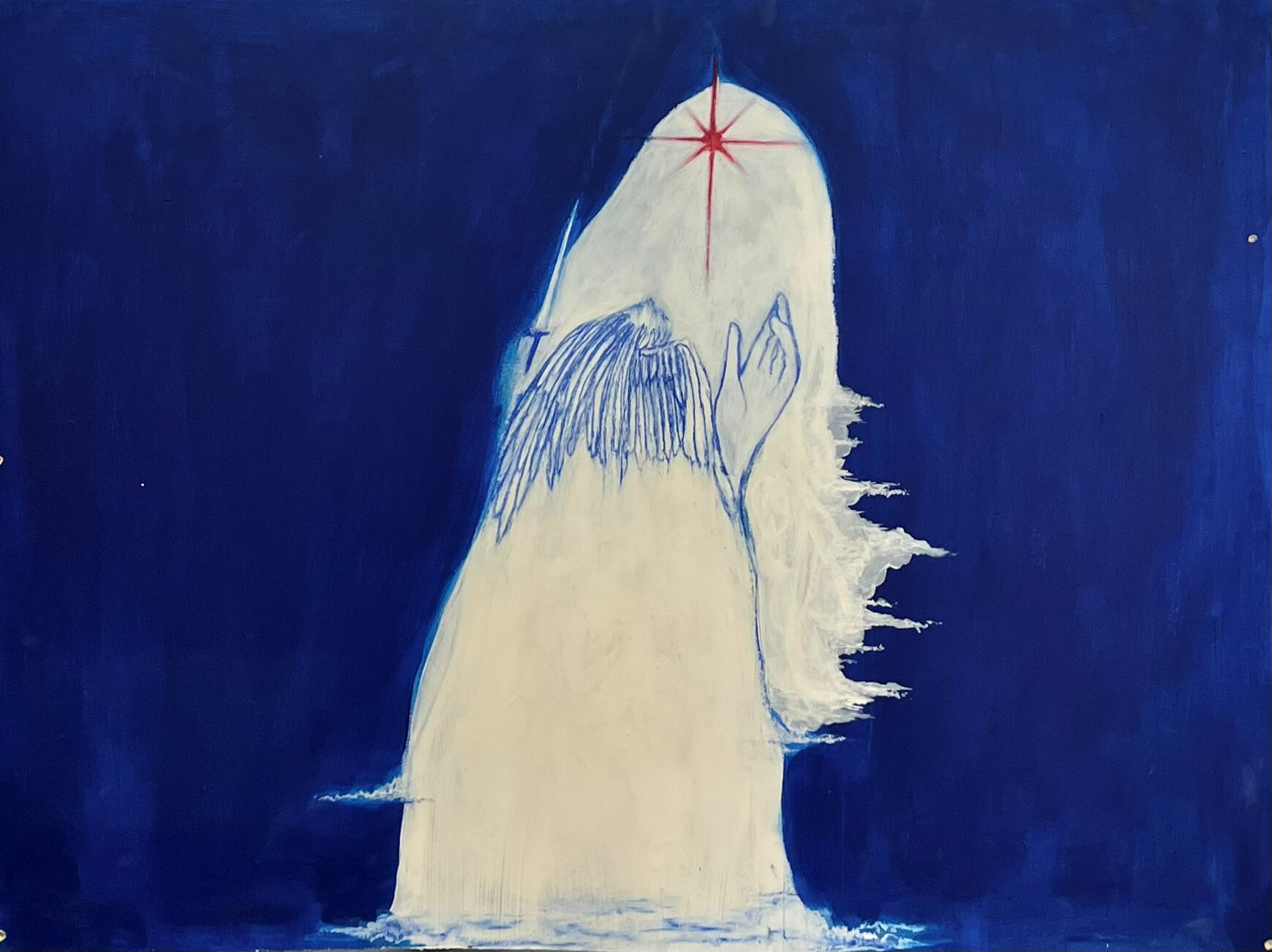
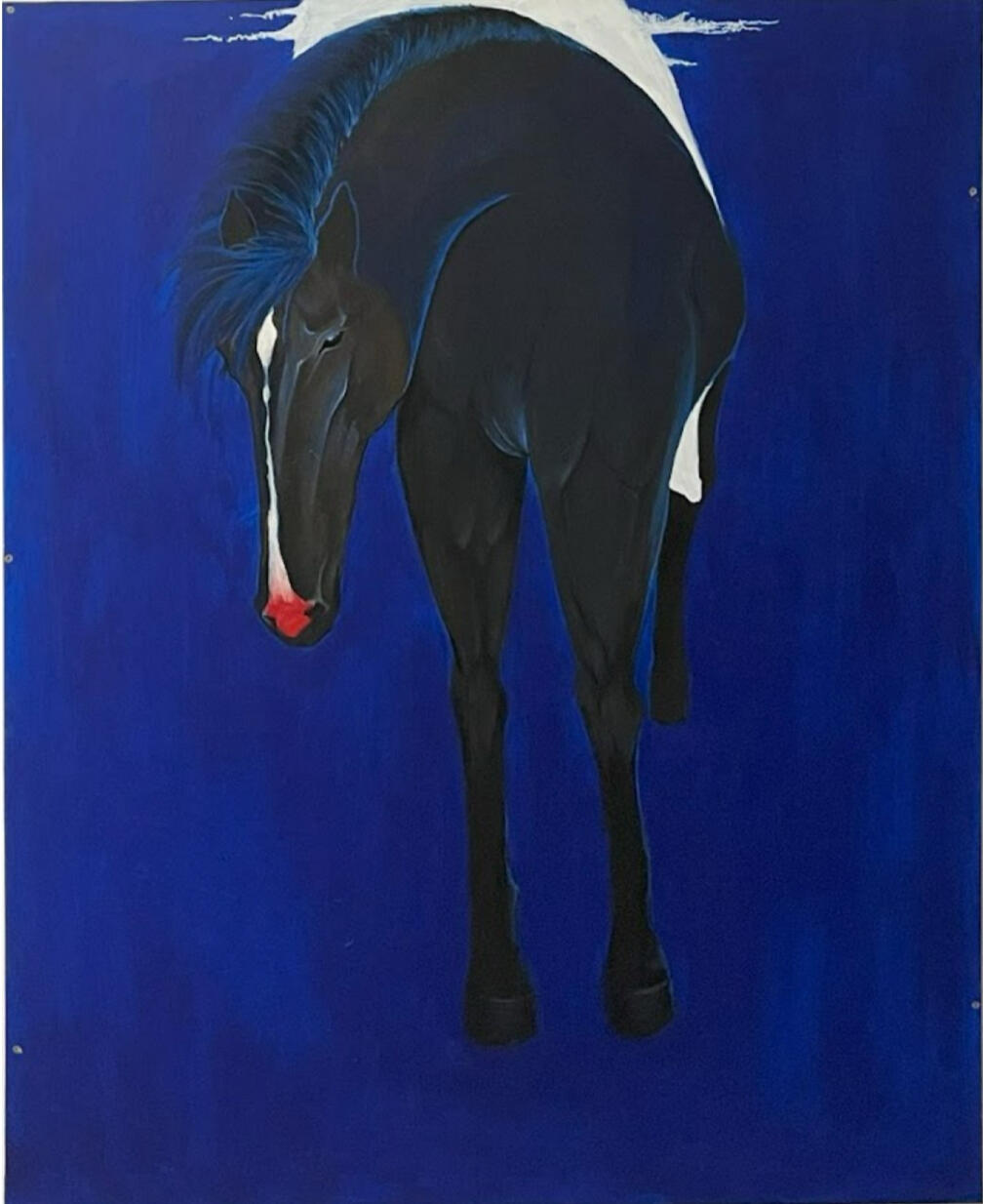
Acrylic and oil pastel on mdf board, 91cm x122cm/151cm x 122cm
The Virgil is a deeply personal and emotionally charged painting that marks a significant turning point in my artistic journey. Created using acrylic paint and oil pastel on an MDF board, the piece features a white, almost spectral figure riding a horse across a blue background. The simplicity of the scene belies the emotional weight it carries: a sense of isolation, vulnerability, and unspoken pain.At the time of making The Virgil, I approached the work intuitively, without fully realizing how much of my inner landscape was being expressed through the act of painting. It was only after completing the piece that I came to understand its profound emotional resonance. The figure's whiteness — almost ghost-like — and the vast blue background collectively evoke a state of emotional exile, a journey through invisible wounds of betrayal and emotional suppression.The working process was fluid yet intense. I used acrylic paint for its fast-drying nature, allowing me to build up layers of blue in varied tonalities, creating depth and an atmosphere of suspended time. The oil pastel was then introduced to sketch and emphasize the figure and the horse, their forms emerging almost like memories surfacing from the depths. This layering technique, combining the quickness of acrylics with the tactile, expressive quality of oil pastel, allowed me to access raw emotions without overthinking — enabling the subconscious to take the lead.The title The Virgil references the idea of guidance through difficult terrains. Like Virgil in Dante's Divine Comedy, the painting represents an invisible guide leading the way through a personal underworld — a confrontation with suppressed emotions, loss, and the pain of experiences that were difficult to express in words. In this sense, The Virgil is not just an artwork but a threshold: a passageway from silent suffering into visible, tangible acknowledgment.Ultimately, The Virgil became the work that revealed to me the true power of painting — not merely as visual representation, but as a way of processing, externalizing, and healing. It opened the door to further exploration of emotion through color, materiality, and abstraction, setting the foundation for all my later works where the emotional undercurrent remains central, but the approach continues to evolve.
Catching Cloud is a participatory project that invites the audience to move beyond observation and actively engage in the creative process. Inspired by the shifting, fluid nature of clouds, this project encourages participants to create their own abstract artworks as a form of self-gazing. Just as clouds constantly change and invite individual interpretations, so too does our understanding of ourselves evolve in ways that are often ambiguous and open-ended.Through this project, I invite people to reflect on their inner landscapes by working with formlessness. The act of shaping something abstract becomes a personal and introspective experience, mirroring the way we interpret our emotions, thoughts, and identities, all of which are in continuous transformation. By connecting with the undefined and allowing space for ambiguity, participants are offered an opportunity to explore and express the fluidity of their own narratives.Catching Cloud is ultimately about fostering a collective moment of exploration, where each person’s creation adds to a shared atmosphere of reflection and growth. It is a space where uncertainty is welcomed, and where art becomes a tool for looking inward, connecting personal journeys with the universal language of change and impermanence.
Eyes
I hate my eyes.
I despise them.
Unavoidable, innate,
Boundaries that bind me.I hate my eyes—
Marking limits,
Imprisoning me.Cowardly eyes.
No matter how tightly I shut them,
They peek,
Timid slits of fear.Eyes searching for red.
Relentlessly, Drawing lines,
Good and evil
Divided, stark.Even when I turn away,
To escape—
Red.
My eyes,
drawn back to red.Eyes closed.
With a free heart,
I let go—
All the lines,
Every lines.Step by step,
Fear takes hold.
Lines,
Once again,
I search for the lines.A vibration.
Through closed eyelids,Sunlight falls.
When the light found me,
When my eyes were born,
The world was nothing but red.Pushing through my skin,
My eyes tore themselves open—
To save me from the red.
SERIES
OCEAN
SERIES
CRACK
SERIES
FLAME
SERIES
SMOKE
J I N
Exhibition- The beginning, London Gallery West, university of Westminster, Catching Cloud, 2024- Rogue, Harrow Arts Center, Self-portrait, 2025Education- BA Fine art mixed media, University of Westminster
- Future games
- Kodaikanal international school
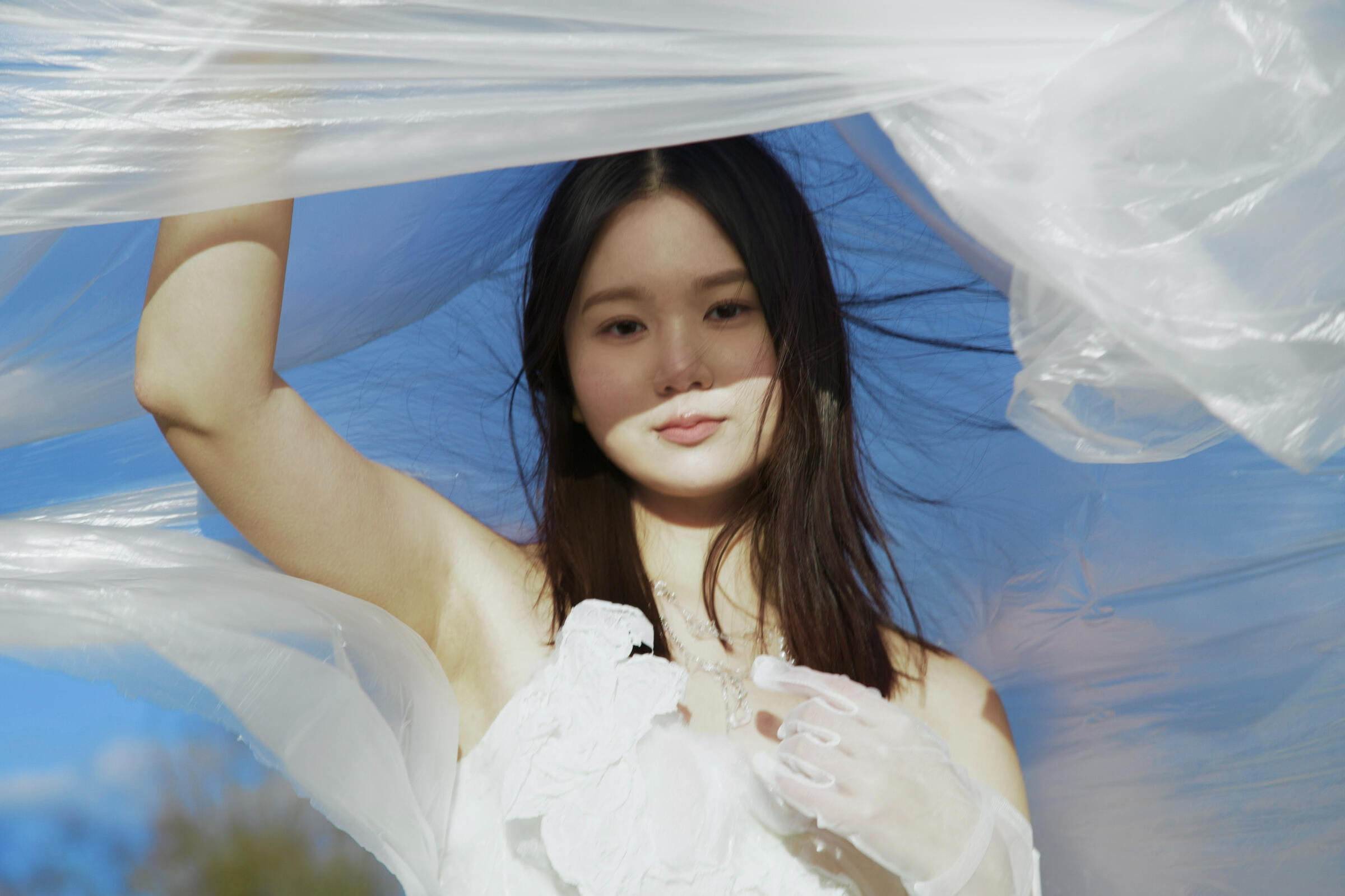
A fine artist shaped by a rich and diverse background of living across cultures. The practice is guided by a steady attention to what is fundamental in life. Rather than focusing on identity or cultural definitions, the work turns toward the shared rhythms that all people carry within them.Each painting offers space for presence. Through color, material, and subtle movement, the work reflects the quiet flow of thoughts and moments that make up human experience. There is no fixed message, only openness, an invitation for the viewer to connect in their own way.This practice values clarity, honesty, and a grounded approach to making. It follows a deep curiosity about what brings people together and how simple, unspoken moments can carry lasting meaning. While the artist’s path has crossed many places, the understanding remains constant. Culture informs the journey, but it is the shared life within people that forms the core of the work.
Painting becomes a way to notice what is already here. Not to declare, but to observe. Not to instruct, but to hold space. The work invites a quiet return to what matters, through a process that respects both the viewer and the world as it is.
